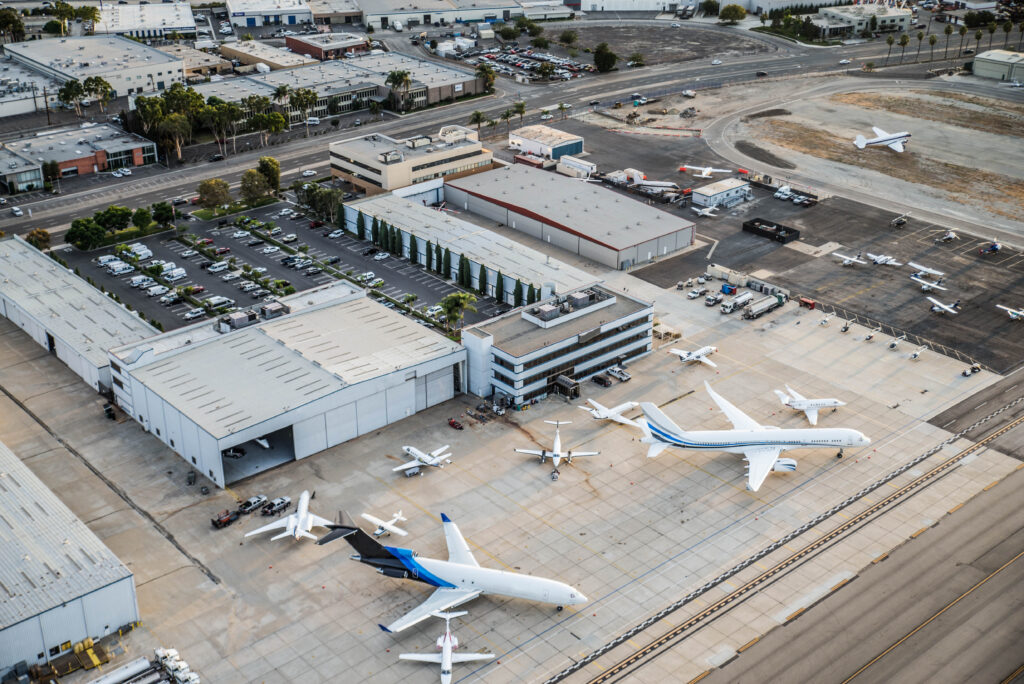Develop Models to Inform the Integration of Advanced Air Mobility (AAM) into the NAS (A66_A11L.UAS.106)
The Office of Aviation Policy and Plans (APO) has a commercial-aviation forecasting tool – known as the Modernized Terminal Area Forecast (TAF-M) – that forecasts the airport enplanements and operations based on a flow of passengers passing through a network of airports with substantial commercial activities. Airports with substantial commercial activity have more than 100,000 annual enplanements and cover more than 230 commercial airports that form the foundation of TAF-M network model. However, TAF-M currently assumes these airports, that form the nodes of the network, do not change over the horizon of the forecast. Under the current structure of the aviation industry, this assumption is reasonable, but as Advanced Air Mobility (AAM) matures, activities at smaller regional airports at the periphery of metropolitan areas (e.g., class D airports) are likely to see rapid increases in commercial activity that could push smaller airports over the substantial commercial activities threshold of 100,000 annual enplanement. As such, APO proposes improving TAF-M by developing a separate forecasting model that is dedicated to predicting commercial-aviation network expansion and contraction. The new model would allow inactive nodes – airports without substantial economic activities – to become active as well as active nodes to become inactive due to AAM’s attracting and dispersing passenger flows, respectively. The flexible network would relax the assumption that the network does not change over the time horizon, giving the model the ability to account for the growth of AAM over a longer time horizon.
POC:
Steven Grice
Director, National Strategic Planning and Analysis Research Center (NSPARC)
Mississippi State University
Email: sgrice@nsparc.msstate.edu
Phone: 662.325.9242



